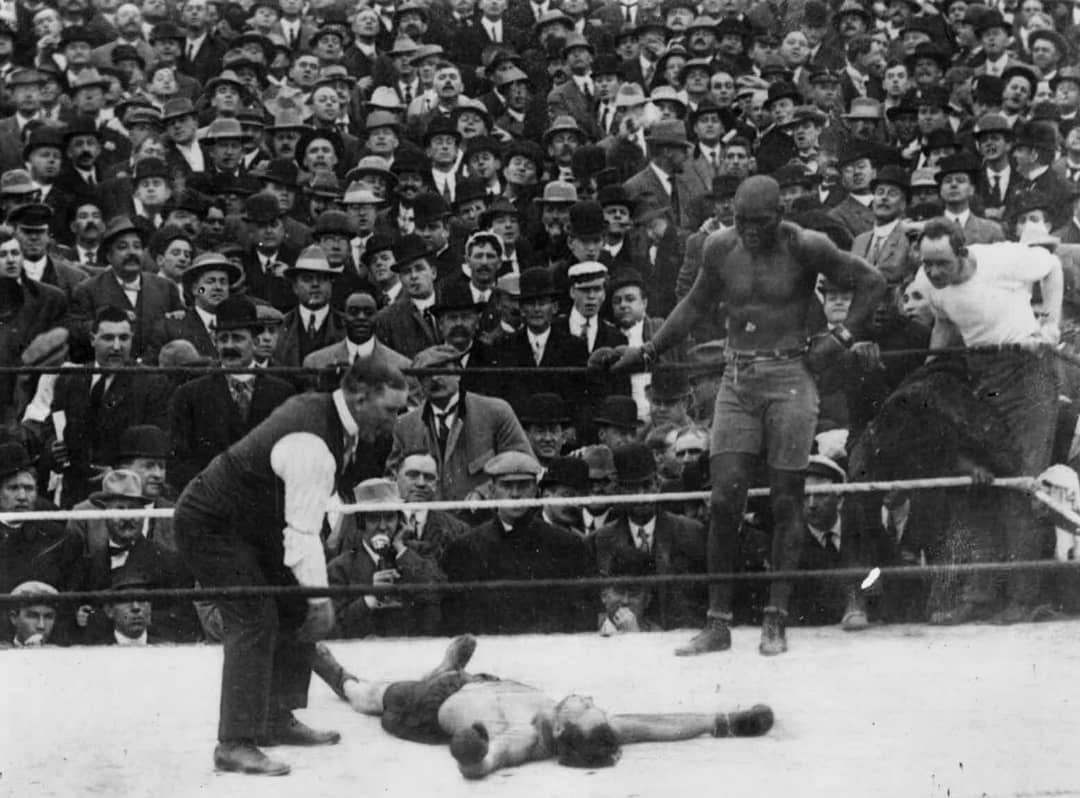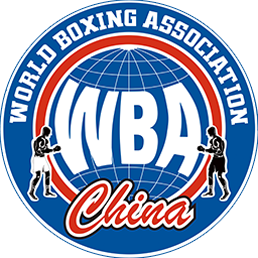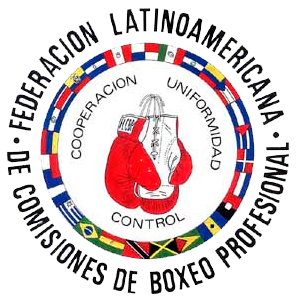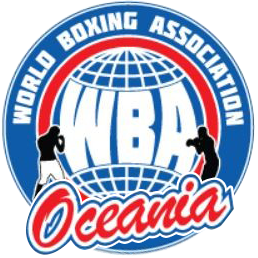The opinion we are about to express here may seem an exaggeration and an extravagance to many, but in reality it is not, or at least it has a basis: the history of boxing, which dates back some 7 thousand years since its origin in Abyssinia, today Ethiopia), is closely tied to the history of the heavyweight, also called elephant weight, bantamweight, tank weight and queen category and which is one of the 8 original divisions – the flyweight, bantamweight, featherweight, lightweight, welterweight, middleweight and light heavyweight categories – were later created to make up the 17 divisions of today.
We say this because of massive support that boxing has had for many decades is due, especially, to the magnetism that the people feel when they see two big person in a ring hitting each other and trying to finish the other in the most forceful way possible and before the end of the time allotted for the fight. In our opinion, no other division arouses as much passion and attention as that of the heavyweights.
This note is not intended to be the long story of why and how the division was born, a task that would require a novel of many pages and a long time to write it. We will limit ourselves to mentioning some of the hundred weight exponents -there are hundreds of them -names of yesterday and today of greater notoriety and known to the sport lovers.
What we are writing has its motivation in the proximity of this Saturday’s fight at the Kingdom Arena in Riyadh, Saudi Arabia, in which the Englishman Tyson Fury and the Ukrainian Oleksandr Usyk will collide in discussion of the unified throne of all weights, a fight that has generated singular expectation among the fans of the world.
The purpose of this note is not to give a long account of why and how the division was born, since that task would require a novel of many pages and a long time to write it. We will only limit ourselves to mention some of the hundreds of weight exponents, of greater notoriety, names of yesterday and today known by the lovers of the discipline.
The motivation is the proximity of the fight this Saturday at the Kingdom Arena in Riyadh, Saudi Arabia, in which the Englishman Tyson Fury and the Ukrainian Oleksandr Usyk will collide in dispute of the heavyweight unified throne, a fight that has raised great expectations among the fans of the world.
FROM MOLINEAUX TO J.L SULLIVAN
We will begin with the 19th century, when figures such as Tom Molineaux, born in Virginia, USA, a cotton plantation slave, appeared and in 1809 he traveled to England in search of fortune, where he fought until 1815. He enjoyed great popularity, although he would end up alcoholic and in misery. Others like Ben Caunt, Jack Slack, Jern Mace and Jem Belcher, of whom little is known, also stepped into the ring, pioneers of the division in which the fighters initially weighed no more than 170 pounds, and of whose performance in the ring there is little reliable data.
In those days boxing began to gain popularity, especially in England and in some European countries, although it was a sport seen in a bad way and used to be clandestine and outlawed by the authorities, as would happen years later in the United States, where boxing progressed to such an extent that it became an attractive spectacle, although, as we said, seen with bad eyes and performed in secret.
England would eventually become the starting point for boxing to be subject to regulation and modernization. It was there that the famous 12 Marquis of Queensberry Rules were born (named after John Sholto Douglas, IX Marquis of Queensberry), whose real author was John Graham Chambers, a Welsh journalist who wrote them in 1865 and were published with the support of the Marquis two years later. Among other provisions, it set the use of gloves and the duration of 3 minutes of action for one minute of rest. Before that, the fight was bare-handed and the fight ended when one of the fighters gave up, exhausted or died in the fight. The first rule also established that the fight had to take place in a ring of at or near 24 feet on each side, and also established the end of the fight when one of the opponents was knocked down and could not get up after 10 seconds,
It was before these rules when on June 8, 1882, in Richburg, Mississippi, John Lawrence Sullivan, an Irishman’s son and known as “Boston Strong Boy”, entered history as the last world champion without gloves with a victory over Jake Kilrain, who could not continue in the 75th round. Although there are also those who consider Sullivan (America’s first national sports hero and the first athlete to win a million dollars) as the first world champion with gloves, the truth is that such honor belongs to James J.J. Corbett, Gentleman Jim, who in September 1882 overcame Sullivan in 21 rounds in dispute for the latter’s belt.
With time, other stars of the ring would appear in the firmament in the maximum category,
They are indeed several, but among them deserves special mention the Texan called “Giant of Galveston”, Jack Johnson, whose name will remain forever in the books of boxing history as the first black gladiator to ascend to the highest rank.
FROM MOLINEAUX TO J.L SULLIVAN
We will begin with the 19th century, when figures such as Tom Molineaux, born in Virginia, USA, a cotton plantation slave, appeared and in 1809 he traveled to England in search of fortune, where he fought until 1815. He enjoyed great popularity, although he would end up alcoholic and in misery. Others like Ben Caunt, Jack Slack, Jern Mace and Jem Belcher, of whom little is known, also stepped into the ring, pioneers of the division in which the fighters initially weighed no more than 170 pounds, and of whose performance in the ring there is little reliable data.
In those days boxing began to gain popularity, especially in England and in some European countries, although it was a sport seen in a bad way and used to be clandestine and outlawed by the authorities, as would happen years later in the United States, where boxing progressed to such an extent that it became an attractive spectacle, although, as we said, seen with bad eyes and performed in secret.
England would eventually become the starting point for boxing to be subject to regulation and modernization. It was there that the famous 12 Marquis of Queensberry Rules were born (named after John Sholto Douglas, IX Marquis of Queensberry), whose real author was John Graham Chambers, a Welsh journalist who wrote them in 1865 and were published with the support of the Marquis two years later. Among other provisions, it set the use of gloves and the duration of 3 minutes of action for one minute of rest. Before that, the fight was bare-handed and the fight ended when one of the fighters gave up, exhausted or died in the fight. The first rule also established that the fight had to take place in a ring of at or near 24 feet on each side, and also established the end of the fight when one of the opponents was knocked down and could not get up after 10 seconds,
It was before these rules when on June 8, 1882, in Richburg, Mississippi, John Lawrence Sullivan, an Irishman’s son and known as “Boston Strong Boy”, entered history as the last world champion without gloves with a victory over Jake Kilrain, who could not continue in the 75th round. Although there are also those who consider Sullivan (America’s first national sports hero and the first athlete to win a million dollars) as the first world champion with gloves, the truth is that such honor belongs to James J.J. Corbett, Gentleman Jim, who in September 1882 overcame Sullivan in 21 rounds in dispute for the latter’s belt.
With time, other stars of the ring would appear in the firmament in the maximum category,
They are indeed several, but among them deserves special mention the Texan called “Giant of Galveston”, Jack Johnson, whose name will remain forever in the books of boxing history as the first black gladiator to ascend to the highest rank.
He accomplished this feat on December 26, 1908 in Sydney, Australia against Canadian Tommy Burns (the first white man to accept to fight a black man) after chasing him all over the world to give him the opportunity he was denied because of his skin color.
In front of more than 20,000 spectators, Johnson mocked Burns. He went so far as to hold him in some rounds when his opponent seemed about to fall. The police stopped the fight before it officially ended. However, shortly thereafter three judges legally awarded the victory and with the ruling also the belt to Johnson, who remained champion until 1915 when Jess Willard knocked him out in 26 rounds in Havana, Cuba. Johnson, who had had to leave his country for having affairs with white women, later said that he had given up the fight to be allowed to return to the United States, where he later had to serve a prison sentence for some time.
FROM LOUIS TO MARCIANO,
UP TO MUAHHMAD ALI
As history goes on for a long time, it is time to abbreviate, with more recent things in the almanac, to place ourselves on Tuesday, June 22, 1937 at Comiskey Park in Chicago, date on which a shining star of the fists named Joseph Louis Barrow, or simply Joe Louis, winner with 27 knockouts in 31 fights with a surprising loss to German Max Schmeling (whom he later knocked out in the first round in the rematch), dethroned James J. Braddock in 9 rounds and owned the belts of the New York Athletic Commission, The Ring and the former NBA, later in 1962 became the WBA.
Louis, for most of the connoisseurs the Best Heavyweight in History, imposed an iron grip on the heavyweight throne with 27 successful defenses of which he won 20 by KO, one by RTD and the rest on points over opponents such as Billy Conn, Jersey Joe Walcott, Buddy Baer and Schmeling among them.
Nicknamed “the Brown Bomber”, Louis remained at the top for 11 years and 8 months, a record that stands today, as well as the record of 27 succesful defenses. He lost his titles to Ezzard Charles on points on September 27, 1950. Charles would be followed by Rocky Marciano, a great puncher and another of the great stars of all time, who retired undefeated with 46 wins by KO and 3 on points, champion from 1956 until his farewell a couple of years later, replaced by Floyd Patterson and this in turn by Sonny Liston.
Until a few years after his gold medal in Rome-60 as a Light heavyweight made national and worldwide explosion in all social media, Cassius Clay by birth, Muhammad Ali by Muslim name later, Liston’s victor and the most charismatic and controversial boxer in history; “( The Greatest”, the The Louisville Lip, the one who flew like a butterfly and stung like a bee, the only one in all times to have been world champion of the magna division in 3 different periods (64-74-78); the amazing victor of Kinshasa, Zaire, today Democratic Republic of Congo, Africa; the one who divided boxing in before him, in him and after him; the boxer defender of the social struggles who transcended beyond the ring.
There will be time for George Foreman, Joe Frazier, Mike Tyson…
OUR RANKING
As a colophon to this long story, we submit for consideration of our readers our personal ranking with what we consider to be the Top Ten of all the eras of the category, confident that it will be the subject of natural and expected discrepancies.
1) Joe Louis (66-3-0, 52 KO, 2 against)
2) Muhammad Ali (56-5-0,37 KO, 1 against)
3) Jack Johnson (54-11-8,34 KO,6 against)
4) Rocky Marciano (49-0-0,43 KO)
5) Mike Tyson (50-6-5,44 KO, 5 against)
6) Jack Dempsey (53-6-8-43 KO, 1 against)
7) George Foreman (76-5-0-68 KO, 1 against)
8) Joe Frazier (32-4-1, 27 KO, 3 against)
9) Lennox Lewis (41-2-1, 32 KO, 2 against)
10) John L. Sullivan (no official record. It is said that he fought about 200-300 times).

















